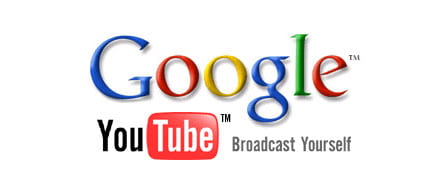
WASHINGTON – Tens of millions of people around the world follow the news on YouTube, according to a report published today by the Pew Research group.
For example, Pew reports that in the week after the Japanese tsunami, the top 20 YouTube videos on the disaster were viewed 96 million times.
The Pew findings may draw long overdue attention to YouTube and its parent company Google as major forces in global news and information, with audience reach and depth of content that can be compared to CNN, the BBC and Voice of America.
For several months, I have been studying Google and YouTube as worldwide information providers for a report that will be published next month by the Center for International Media Assistance. When viewed as if it were a broadcast company or conventional journalism, Google and YouTube are impressive:
True, Google does not have offices that might be officially designated as “news bureaus.” But Google News offers news and information services tailored for more than 70 countries, from Argentina to Zimbabwe, in over a dozen languages – all for free. Travelers know this well, because logging on to Google News from outside the U.S. automatically routes the reader to the Google News site serving that country. For news from home, Americans must reset the Google News national selector to the U.S. – and select whether they want news from America in English (“U.S. Edition”) or Spanish (“EstadosUnidos”).
Yet Google does not appear on many lists of global news services, because instead of a traditional team of reporters and editors, Google News relies on computers. Its software-driven site collects news stories from hundreds of newspapers, magazines, radio stations and television broadcasters – and thousands of Internet sites – and then presents the news, tailored to the country selected by the reader and to the subjects the reader has selected as important or interesting.
Google’s YouTube service has become a global force in news and information, as today’s Pew report confirms. The YouTube News channels offer reports from around the world on a myriad of subjects. Olivia Ma, who heads YouTube News, has described in a number of forums how her organization works both with professional news organizations and with citizen journalists to develop content. And of course her remarks are posted on YouTube.
But YouTube news and information programming goes well beyond the news channels. Two months ago, at the Google-sponsored Internet at Liberty 2012 conference, YouTube launched an entire channel devoted solely to reports on human rights.
There are also YouTube channels devoted to non-profits and NGOs – Google has a collection of channels devoted to them as well. From the Gates Foundation and other philanthropies to such traditional religious organizations as Catholic Relief Services, they are represented by YouTube channels.
And one of its cultural programs, a classical music concert that originated live from the Sydney Opera House in March, 2011, has been viewed more than 36 million times, according to statistics posted this month on its website. Again, this was free programming, available worldwide. The size of that audience compares well with classical music programming from any traditional broadcaster.
Despite these program services, Google does not appear on many lists of global television broadcasters. Most consider its YouTube subsidiary, not inaccurately, as a source of amateur video clips of cute babies and funny pets. But as viewers have discovered, there is much more, and its informational programs and cultural shows now have audiences larger than many well-known national and international broadcasters.